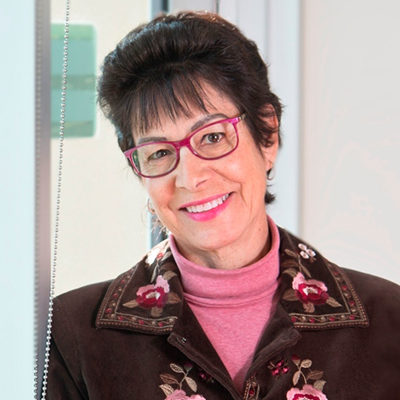 I am a proud Anishinaabe woman, originally from Northwestern Ontario, and now living in Winnipeg, Manitoba. In late 2010, I was diagnosed with Nephrotic Syndrome. My family physician first noticed some irregularities in routine medical tests and sent me to a renal specialist. After a referral to a renal specialist and a kidney biopsy, I was diagnosed Idiopathic Membranous Nephropathy.
I am a proud Anishinaabe woman, originally from Northwestern Ontario, and now living in Winnipeg, Manitoba. In late 2010, I was diagnosed with Nephrotic Syndrome. My family physician first noticed some irregularities in routine medical tests and sent me to a renal specialist. After a referral to a renal specialist and a kidney biopsy, I was diagnosed Idiopathic Membranous Nephropathy.
At this point, I was overwhelmed and terrified by the thought that at some point my kidneys were going to fail. I underwent two different drug regimens lasting 10 months in total. Nausea and fatigue were a daily part of my life. Although I was very tired and extremely ill, I still kept working and focused on eating well and exercising. Some days it took all my energy to just get myself to work. Working kept me busy and so did spending time with my grandchildren. I didn’t know what was happening to my body and I knew that if my kidneys were to fail, I would not be able to do much at that point.
Although I will admit that it took a long time (summer of 2012) for me to feel better, I was fortunate that in early 2012, my albumin/ creatinine ratio returned to normal. Living with kidney disease and knowing that at any point a relapse can happen, I decided to spend time with the Elders in my community. I also visited an Indigenous healer who gave me some traditional medicines. My family was very supportive, and with two sisters as nurses, it was helpful to understand the medical jargon. During this time, I was able to maintain a positive outlook on life and did all I could to get better.
When I was asked to attend the Can-SOLVE CKD workshop in June 2015, I was honoured and humbled to be part of this exciting initiative. This initiative has the ability and scope to be able to assist people struggling with Chronic Kidney Disease (CKD) by looking at testing and optimizing treatments and patient-focused care to improve the outcomes and quality of life for patients and their families. The research program will also identify and support those at the highest risk of developing CKD, including all Indigenous people.
What I found most fascinating about my journey is my chance to be part of something that will change the culture and focus of how we deal with those with CKD. It is my chance to give back to my community and to those who assisted me in dealing with my disease. I believe that the Can- SOLVE CKD network research projects can change the face of CKD for all by involving and including the patients and their caregivers in this process. The meeting in June was a clear indication of how we, as various network collaborators, partners, stakeholders and patients, can work together to improve the kidney health of all Canadians.

Connect with us